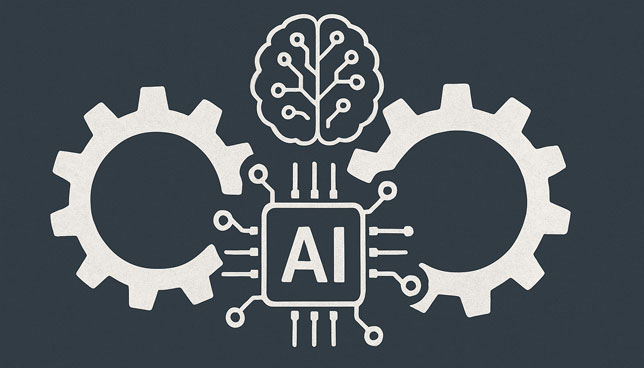Researchers Develop AI-Powered Methodology for Enterprise Course of Redesign
Researchers have developed a brand new methodology that enables customers to revamp course of workflows by merely chatting with an AI.
Dubbed “Conversational Course of Mannequin Redesign” (CPD), the method combines pure language prompts with a library of course of change “patterns,” permitting customers to inform an AI assistant issues like “Add an approval step after job B” or “Merge these two evaluate steps” — and have a totally up to date course of mannequin returned, no BPMN experience required.
The method was detailed in a new academic paper and examined throughout main LLM platforms, together with GPT-4o, Gemini 1.5 Professional, and Mistral.
“We’re bringing low-code course of design into the no-code, conversational period,” the lead researcher informed TechCrunch. “And we’re doing it with out compromising on structural correctness.”
Why It Issues
Enterprise course of modelling (BPM) is core to how organizations optimize workflows — assume onboarding flows, approval chains, or buyer assist handoffs. However most BPM instruments nonetheless require experience in complicated diagramming languages like BPMN, making a bottleneck between area specialists and the technical groups who construct the fashions.
Enter CPD, a way that treats pure language because the enter, and structural mannequin updates because the output. Underneath the hood, the system makes use of a multi-stage pipeline: first classifying the person’s intent, then mapping it to one among 18 course of change patterns, and at last producing a brand new course of diagram.
In pilot exams with 64 customers, the researchers discovered that eight patterns (together with each commonplace and newly proposed ones) have been executed efficiently over 30% of the time. Whereas not good, it is a sturdy proof of idea for utilizing LLMs as interactive workflow designers.
AI + BPM: A Quiet Revolution
The research additionally discovered some shocking emergent habits. Customers typically described desired modifications in their very own phrases — utilizing phrases like “summarize,” “break up into steps,” or “reverse final change” — moderately than the formal phrases anticipated by BPM software program.
This prompted the researchers to suggest 5 new change patterns tailor-made to conversational enter, together with a “rename node” primitive that surprisingly turned out to be one of the frequent (but beforehand unsupported) actions.
“We did not simply adapt course of patterns to LLMs — we discovered from person habits what was lacking within the first place,” wrote one co-author.
The place It is Going
Whereas the outcomes are promising, the researchers acknowledge that each LLM limitations and imprecise person enter nonetheless pose challenges. The crew is now exploring hybrid architectures, the place the LLM handles language interpretation however palms off execution to deterministic course of engines.
They’re additionally eyeing options like auto-suggestions, intent clarification, and sample recommenders — basically bringing the UX of instruments like GitHub Copilot to BPM platforms.
The potential payoff? Enterprise customers who can iterate on and optimize their very own workflows in minutes — with out submitting a ticket to IT.
Learn the full report here.
Concerning the Writer
John K. Waters is the editor in chief of various Converge360.com websites, with a concentrate on high-end growth, AI and future tech. He is been writing about cutting-edge applied sciences and tradition of Silicon Valley for greater than two many years, and he is written greater than a dozen books. He additionally co-scripted the documentary movie Silicon Valley: A 100 12 months Renaissance, which aired on PBS. He may be reached at [email protected].



